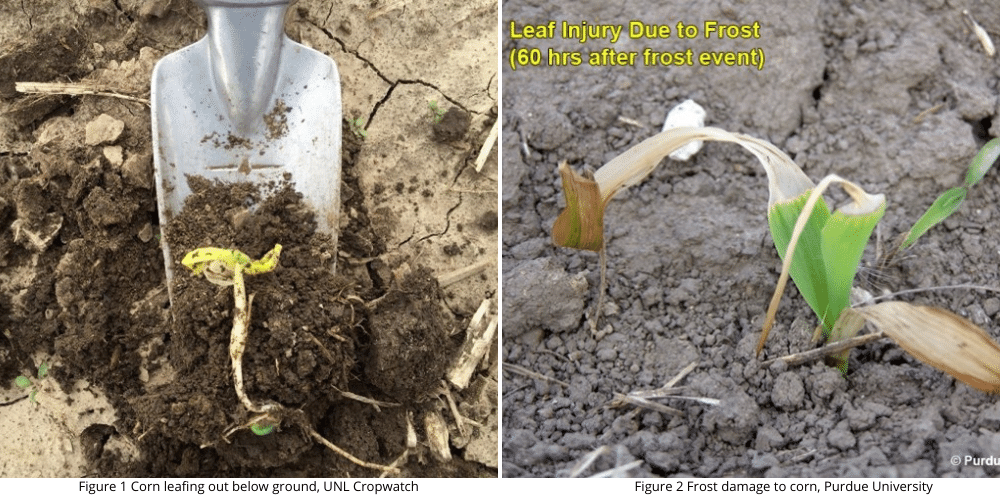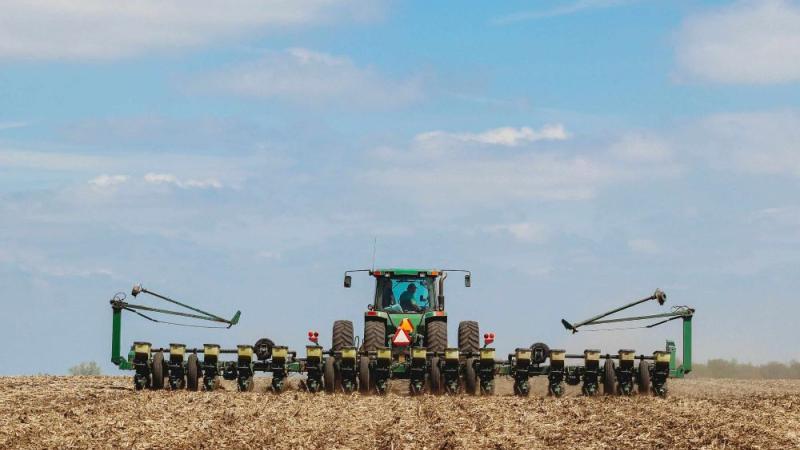Early Season Stress & Chill Injury on Corn Seedlings
This year especially, farmers across the Western Corn Belt should consider the effects of early planting on corn seeds. The Midwest has been experiencing colder and especially drier weather this year, and we’re seeing the effects of that right now. Many fields in Nebraska, Kansas, Iowa, and South Dakota are well below the optimum corn planting temperature (50 degrees Fahrenheit) and much drier than normal. Where overhead irrigation is available, it’s not uncommon to see farmers irrigating ahead of this year’s crop. There are three types of injury that can occur from early planting.
1. Imbibition Injury
- Imbibitional chilling occurs when corn seeds encounter cold temperatures within 24-72 hours of planting. When seeds uptake cold water, they swell and will often fail to germinate.
2. Seedling Cold Injury
- Cold stress affects seeds that were planted before cold weather, but emergence wasn’t completed before cold weather arrived. Versions of seedling cold injury can include stunting, death of seminal roots, and leafing out underground.
3. Frost Injury
- Frost injury affects exposed leaf tissue when the air temperature reaches 32 degrees Fahrenheit or below. Until about the V5 growth stage, the growing point of corn is below the ground and plants are often safe from frost. It’s best to wait 5-7 days after a frost even to evaluate a corn stand.
Unfortunately, each year we experience some amount of cold damage to cornfields. It’s best to wait to plant until soil temperature increases to 50 degrees Fahrenheit and the weather outlook is warm as well. However, if you suspect some sort of cold injury in your fields, don’t hesitate to reach out to your local Hoegemeyer dealer or agronomist for help.

Sources
- http://counties.agrilife.org/hill/files/2019/03/Low-Temperature-Stress-and-Chill-Injury-on-Corn.pdf


